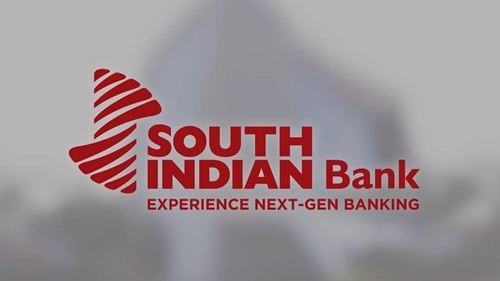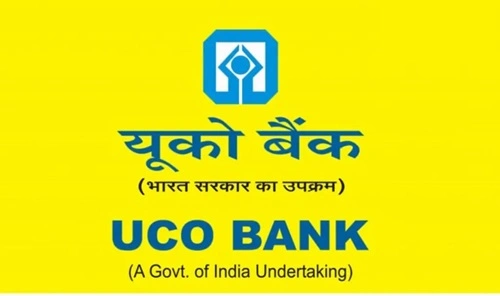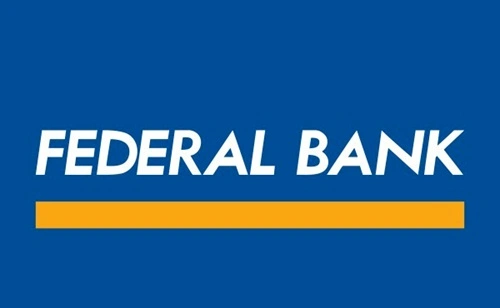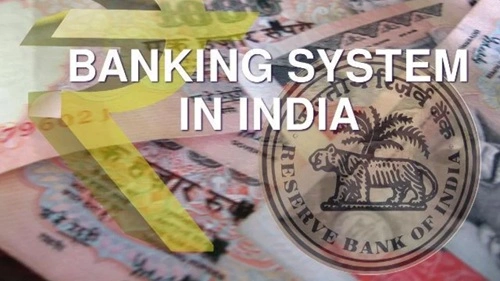No, South Indian Bank is not a nationalised bank. And if you’re confused a bit, well, yes, it is actually a private sector bank that has been doing super well in the southern part of the country for quite a while now. It surely was an operation during the 1969 to 1980 period, but since it didn’t fall under the big bank category, that’s why it didn’t get nationalised back then.
History of South Indian Bank

South Indian Bank started its operations on 29 January 1929, at Thrissur, Kerala, indigenously under the Companies Act. Thereafter, on 7 August 1946, it became a scheduled bank on account of its addition to the Second Schedule of the RBI Act; and on 17 June 1957, it became the first private bank in Kerala to get its banking licence under Section 22 of the Banking Regulation Act, 1949.
Some important achievements:
- In April 1992, it opened the first currency chest for the RBI.
- In November 1992, it launched the first NRI branch among private banks.
- In March 1993, it became the first private bank to start an industrial finance branch.
Current Financial Condition
Sure, South Indian Bank isn’t the biggest bank in the country, but still, slowly and steadily, it is increasing its reach and business. The evidence of that can be seen in the financial numbers from the last fiscal year like, as of 31 March 2024, here’s how the bank is doing:
- Total Assets: ₹1,17,412.79 crore
- Total Deposits: ₹1,01,920.26 crore
- Net Profit: ₹1,070.08 crore
- Return on Assets (ROA): 0.91%
- Return on Equity (ROE): 12.13%
- Capital Adequacy Ratio (Basel III): 19.91%
That’s not it though, the bank is also doing somewhat decent in the digital banking scene, like, over 97% of its transactions are now happening online, most of which are through UPI.


